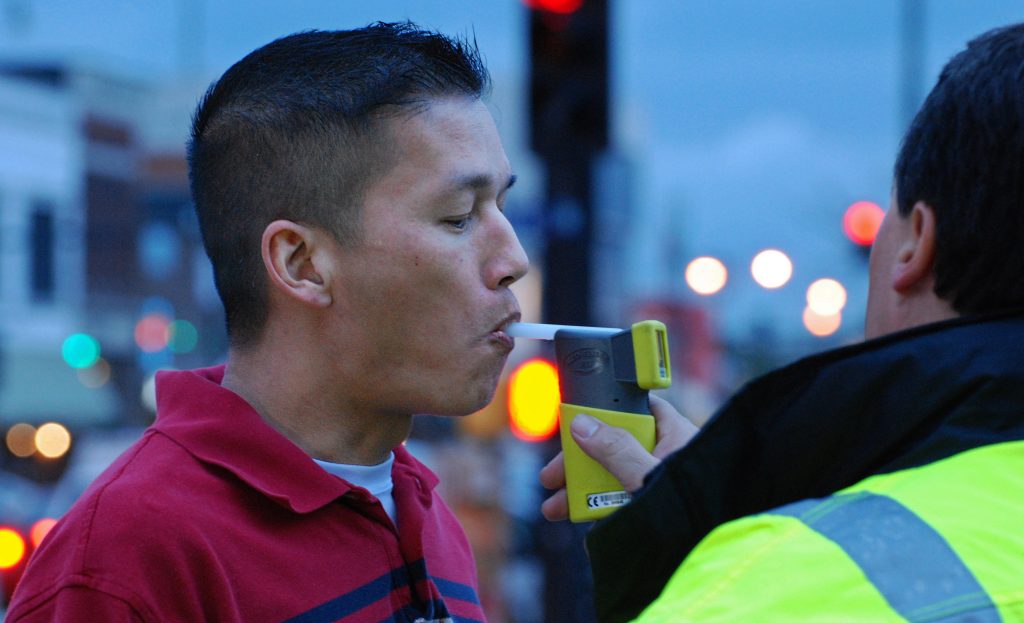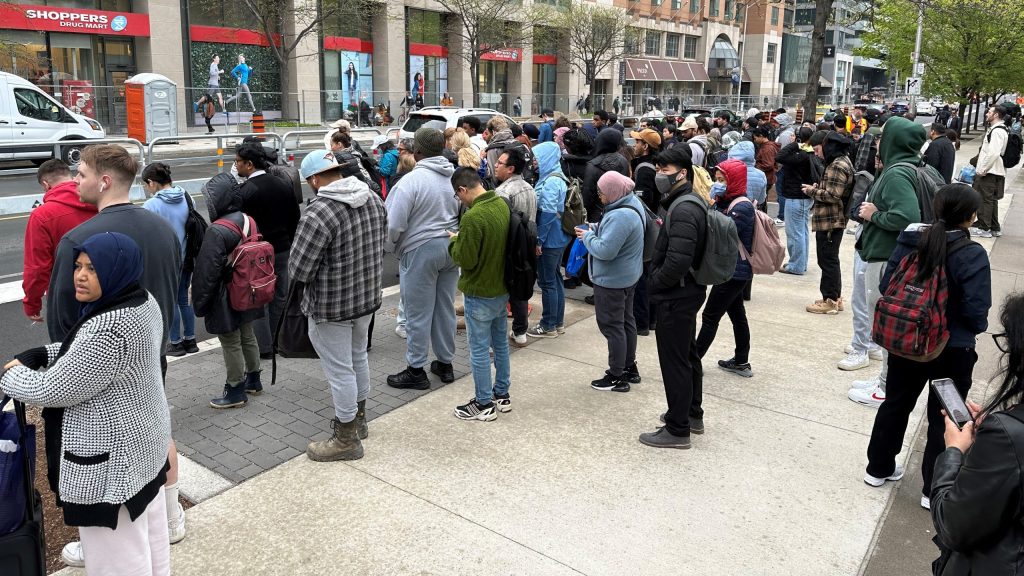Brampton LRT hub location remains undecided
Posted March 8, 2017 4:57 pm.
Last Updated March 8, 2017 6:54 pm.
This article is more than 5 years old.
Brampton is getting a new mobility hub to connect local, rapid and regional transit along the Hurontario Corridor, but the location is still up in the air.
A report presented to council Wednesday acknowledges it will be within 800 metres of where Hurontario Street and Steeles Avenue meet, including the Shoppers World site.
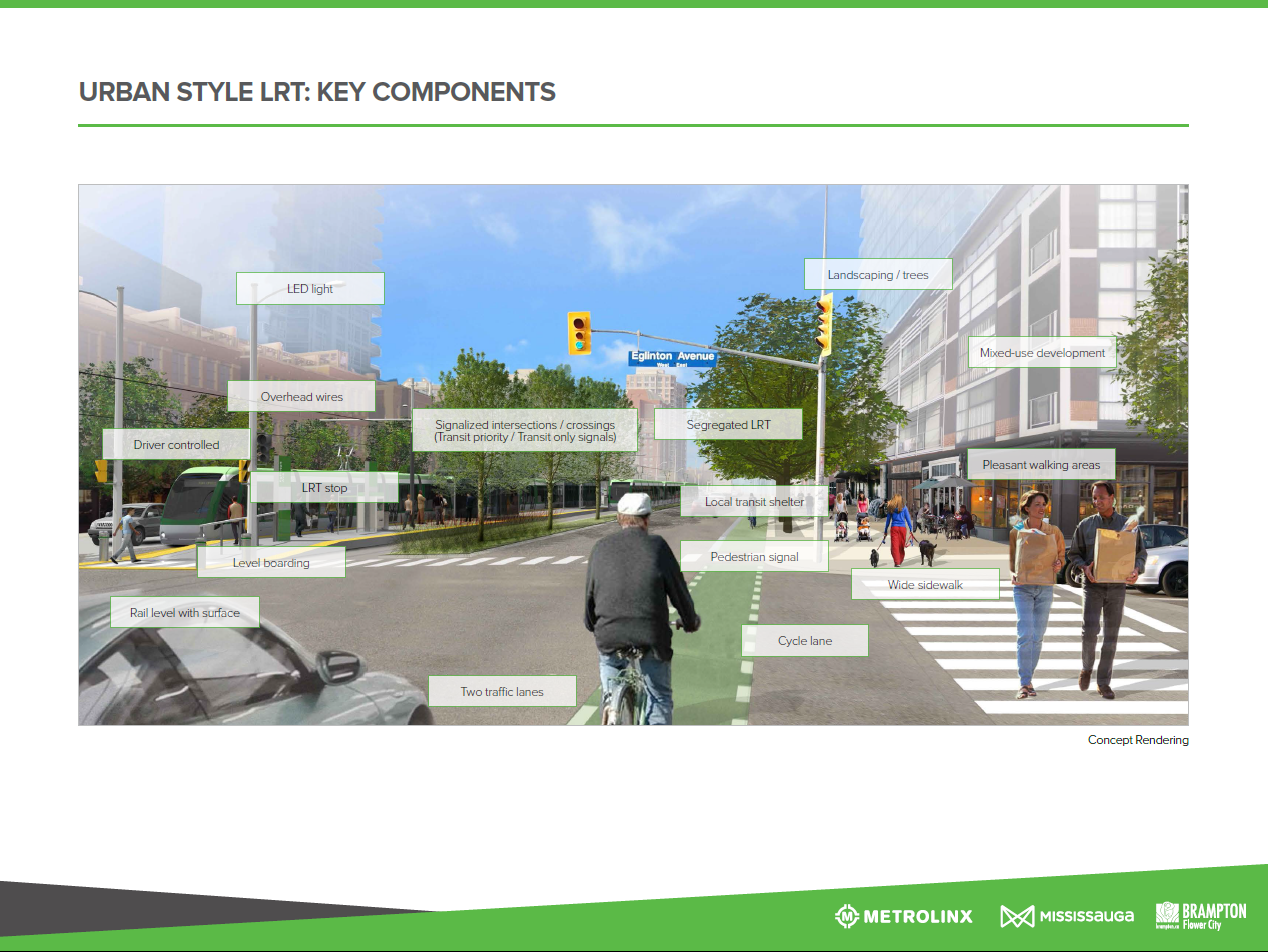
“What’s very important when we look at establishing a mobility hub is the connections of the different modes of transit, but more critical to that is the land that is used to support transit,” said Brampton’s Interim Commissioner of Planning and Development Heather MacDonald.
The location also happens to be the last known stop for the Hurontario Main Light Rail Transit, connecting the Port Credit GO station with downtown Brampton.
According to the City of Brampton, up to 2800 people are expected to travel along the HMLRT during peak afternoon hours by 2031 — although its route remains contentious.
“The alignment for the main street in Mississauga corridor has lots of opportunities for land capture value,” said Elaine Moore, Brampton councillor for wards 1 & 5 who voted to look at alternative routes.
“In other words, investment, certainly private investment… In contrast, the alignment from Steeles Avenue to downtown Brampton has very little opportunity for land capture value. It has valley land, it has special policy areas, it has a designated heritage district. So the opportunity for private investments that you can actually achieve the kind of employment numbers, the kind of residential intensification, it’s just not there.”
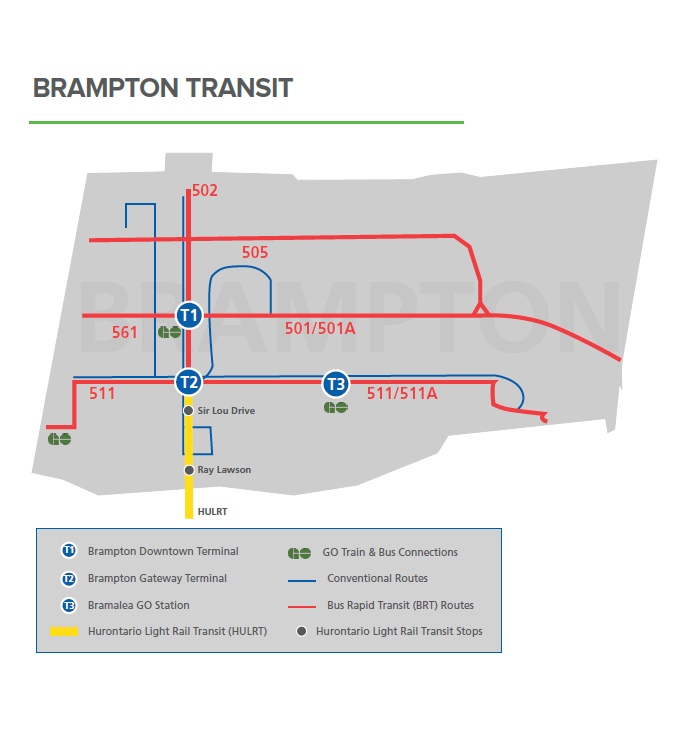
Ontario’s government committed to covering $1.6B for the cost in 2015, provided Brampton and Mississauga agreed to the province’s preferred route a direct route straight up Hurontario. Since then, Brampton council has voted against that route twice — once under the previous council and, again, last month — when council voted 7-4 in favour of spending $4.4 million to conduct environmental assessments on two alternate routes.
“They’ve gone back to look at two routes that have been studied twice before, that were never recommended, that were never on the shortlist of the planning department of the City of Brampton or any of the external experts that we brought to the table,” mayor Linda Jeffrey, who voted against the environmental assessments, tells CityNews.
Either route would require the LRT to detour several kilometres out of the way to reach the Brampton GO, which would need considerable expropriation of residential and commercial lands.
“We’re going to study it and we’re going to spend $4.4M to look at these alternate routes that run parallel, but are away from the downtown core,” Jeffrey adds.
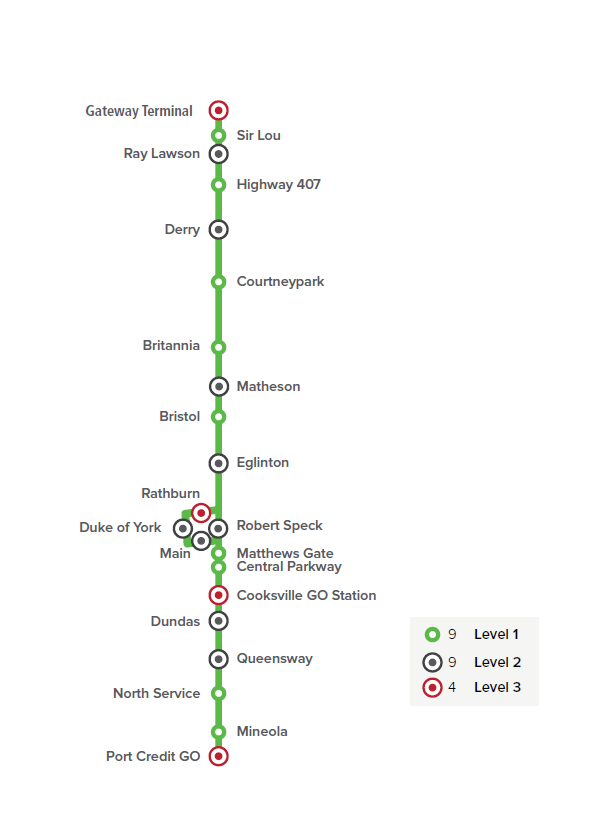
The environmental assessments are expected to take between three and seven years to complete. By then, the HMLRT is expected to be fully operating, leaving passengers at a new mobility hub- 3.5 kilometers away from the GO train station.


